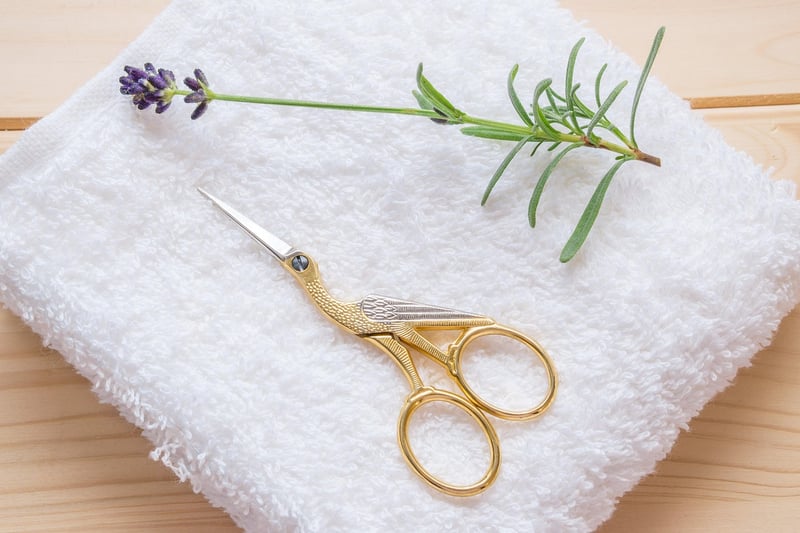Pruning Techniques
Keeping Your Garden Healthy: Pruning Techniques
The Importance of Pruning
Pruning is a crucial aspect of garden maintenance that promotes plant health and enhances the overall appearance of your garden. Regular pruning helps control the size and shape of plants, improves air circulation, and stimulates new growth.
When to Prune
The timing of pruning depends on the type of plant. Generally, it is best to prune flowering shrubs right after they bloom, while winter is an ideal time to prune deciduous trees and shrubs.
Tools for Pruning
Having the right tools is essential for successful pruning. Invest in high-quality bypass pruners, loppers for thicker branches, and pruning saws for larger limbs.
Pruning Techniques
Here are some common pruning techniques to keep your garden in top shape:
- Thinning: Removing select branches to improve air circulation and allow more sunlight to reach the plant.
- Heading Back: Cutting back a portion of a branch to promote new growth and maintain the plant's shape.
- Deadheading: Removing spent flowers to encourage the plant to produce more blooms.
- Crown Reduction: Reducing the overall size of a tree or shrub by cutting back its branches.
Benefits of Proper Pruning
Proper pruning not only enhances the aesthetics of your garden but also improves plant health and longevity. It reduces the risk of disease by removing dead or diseased branches and encourages the development of strong, healthy growth.
Conclusion
By incorporating regular pruning techniques into your garden maintenance routine, you can ensure the health and vitality of your plants while creating a visually appealing outdoor space.

For more information on pruning techniques and garden care, visit GardeningWebsite.com.
